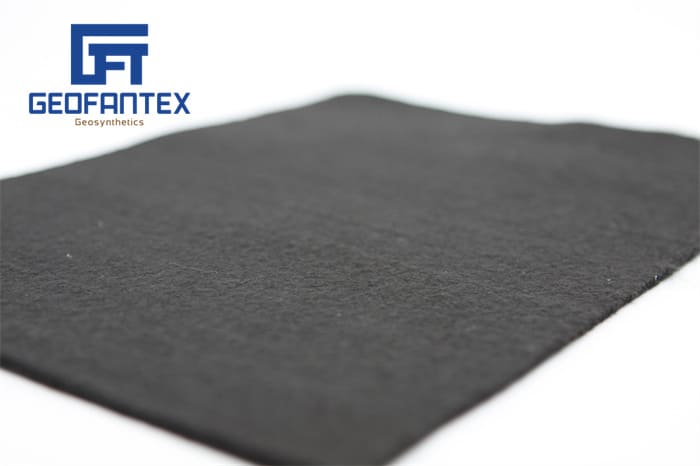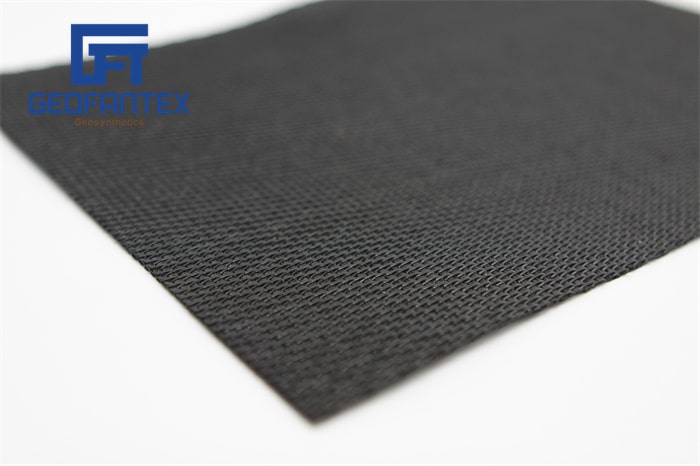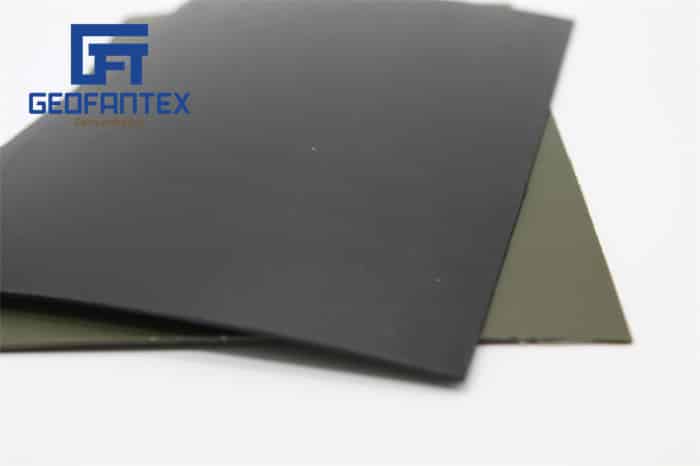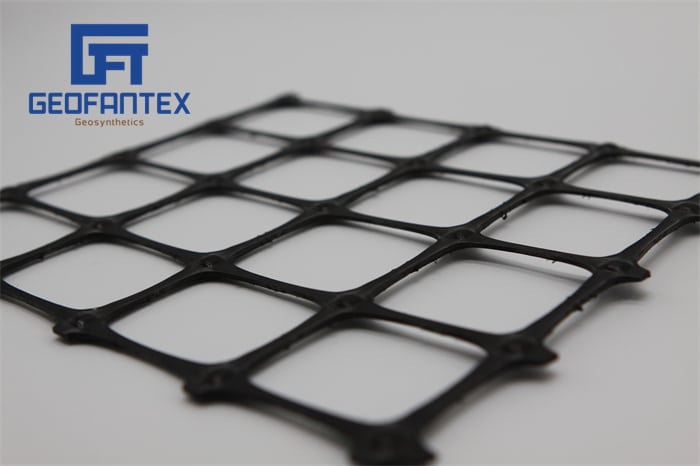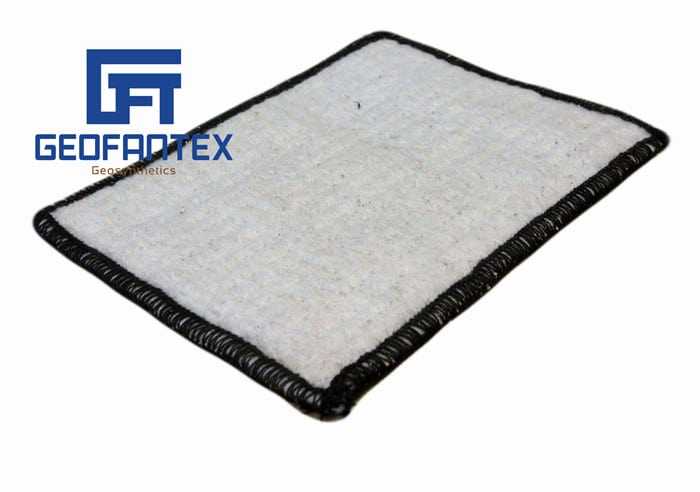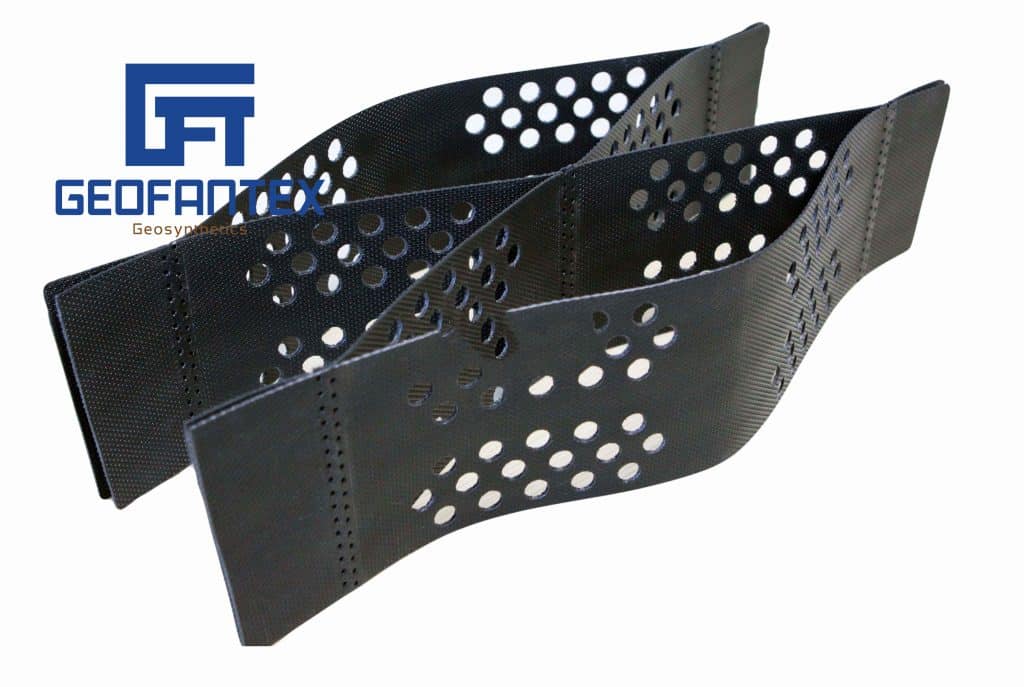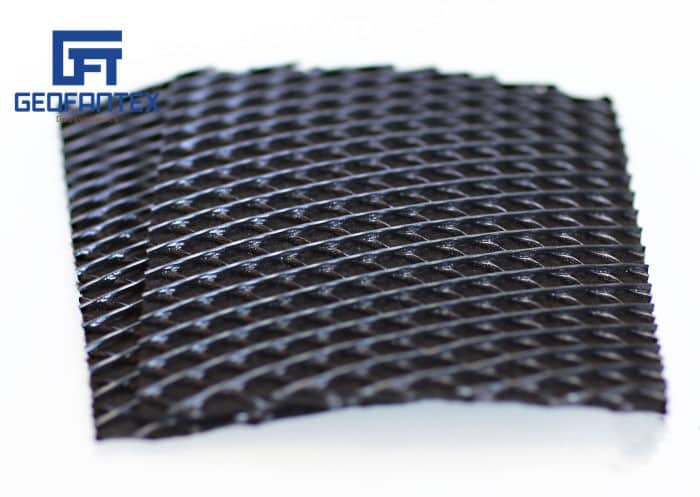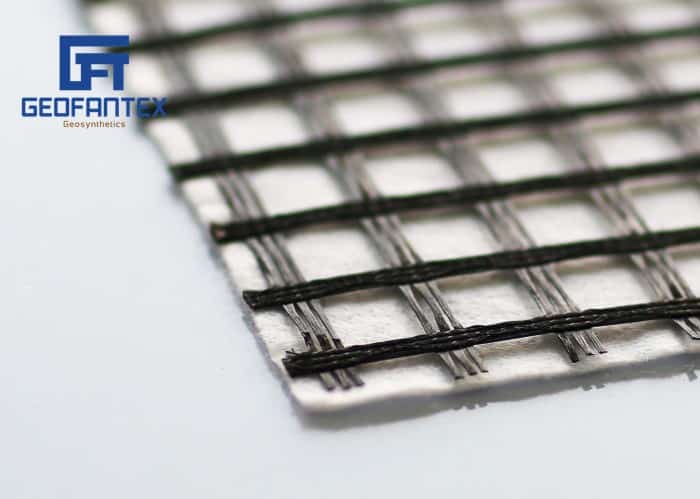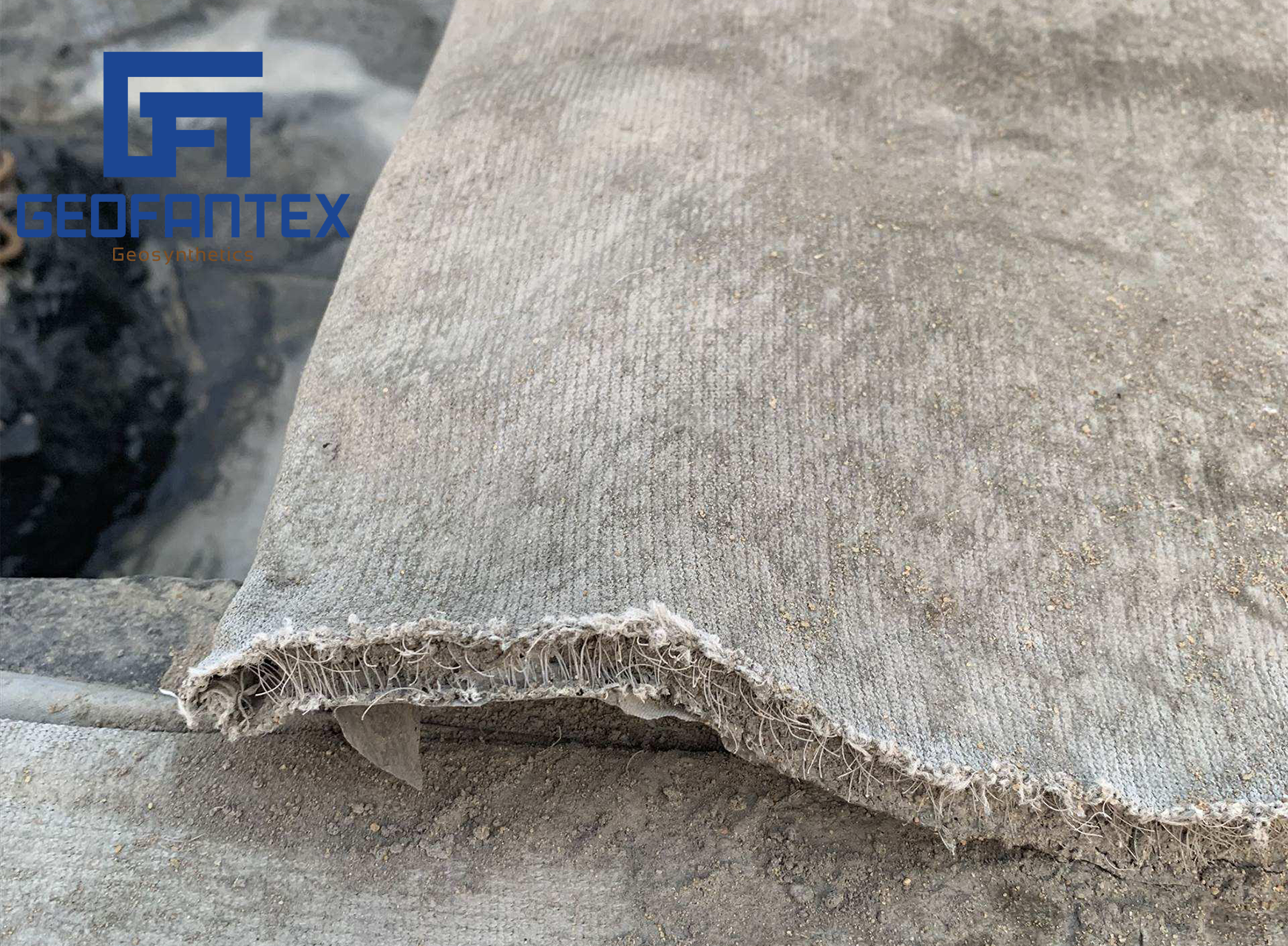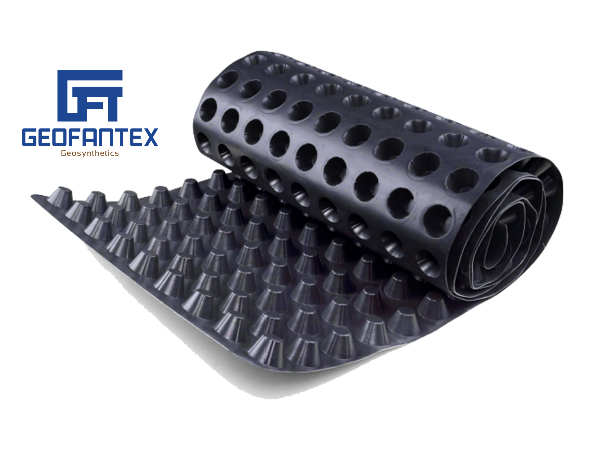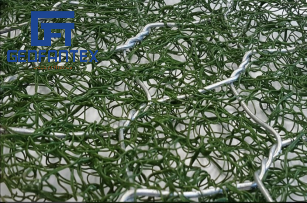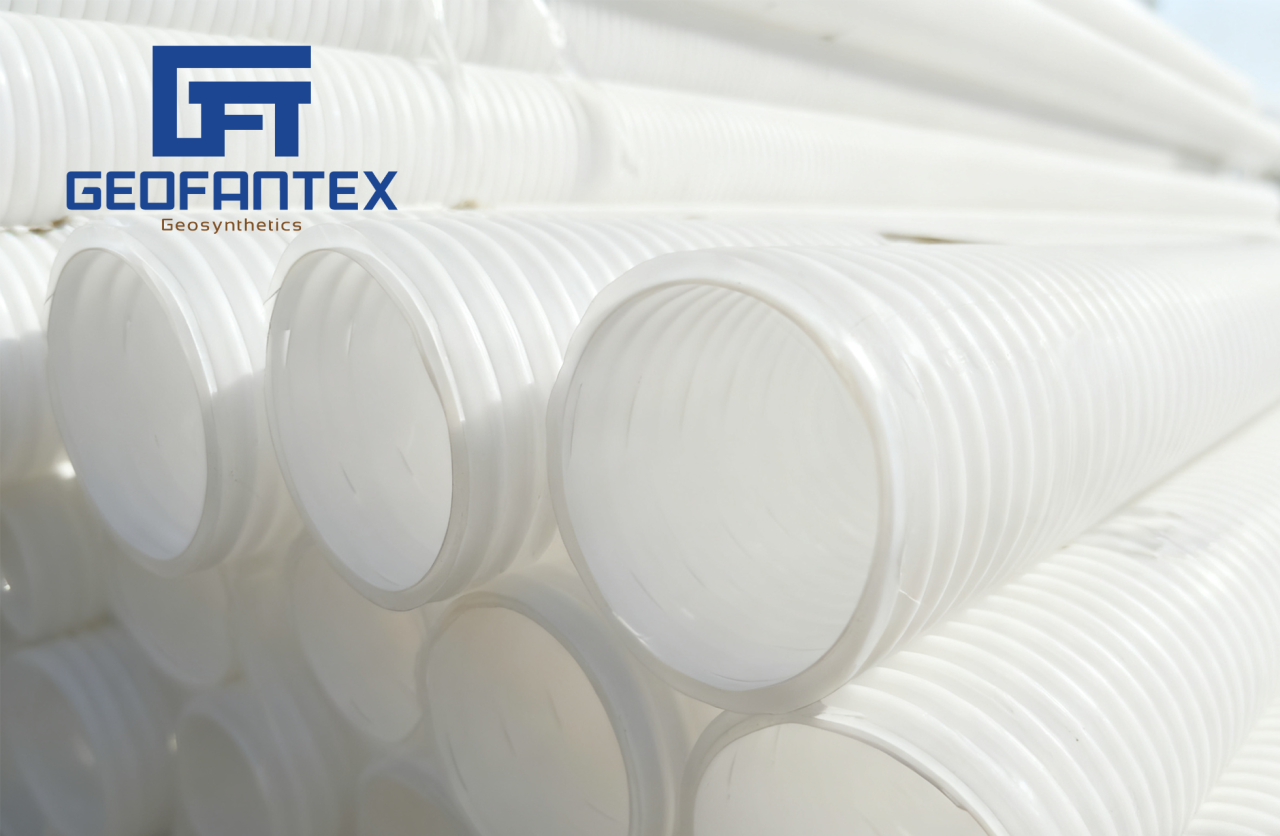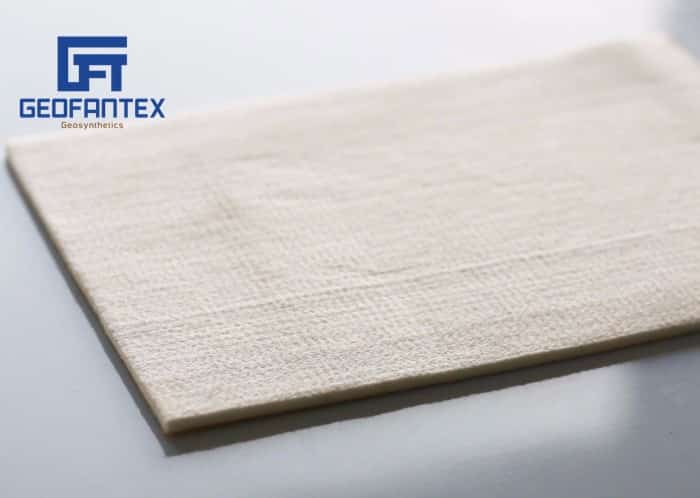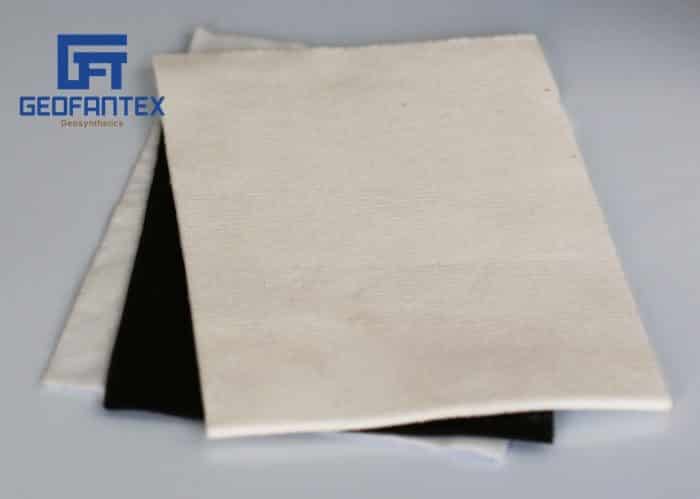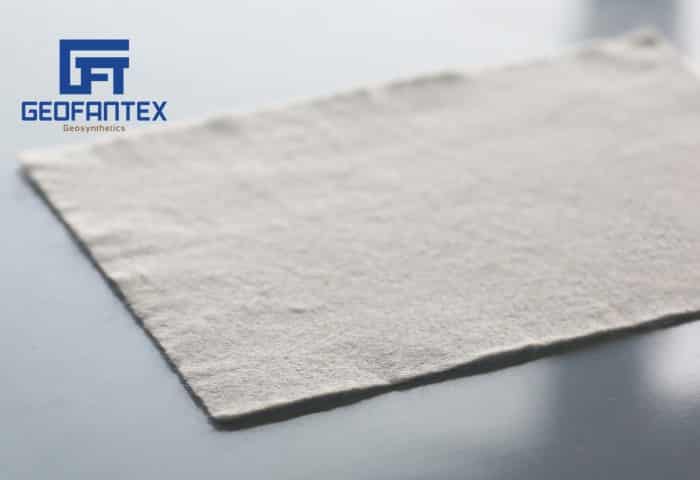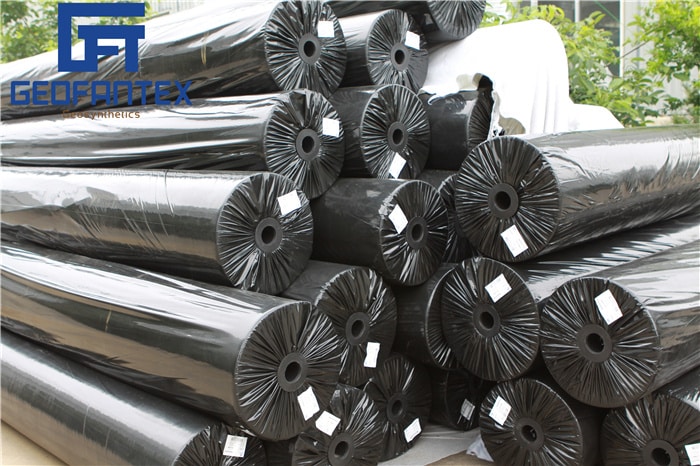+86-159 9860 6917
info@geofantex.com
geofantex@gmail.com
+86-400-8266163-44899
Geotextile fabric, an innovative and eco-friendly material, is revolutionizing the way we approach the construction of paths and driveways, particularly those paved with decomposed granite. This hidden engineering marvel not only enhances the durability of pathways but also contributes to water management and soil stability. In this popular science article, we delve into the essence of geotextile fabric, answering key questions about its necessity, permeability, longevity, and utility in pavement design, thereby unveiling its indispensable role in creating sustainable and enduring landscapes.
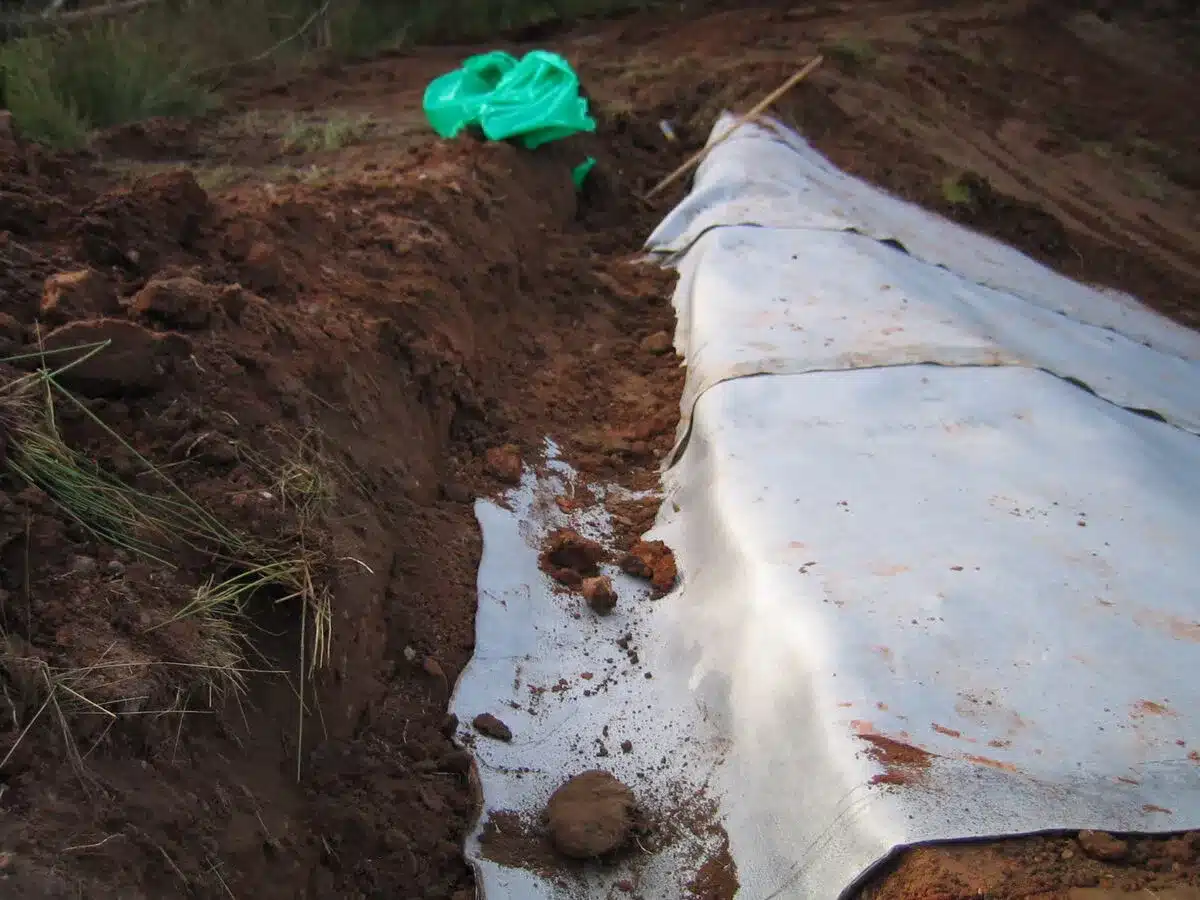
Do I Need Geotextile Fabric Under a Gravel Driveway?
Using geotextile fabric for gravel driveway construction helps increase durability, improve drainage, and reduce maintenance costs.
- Separation: Prevents gravel from mixing with the soil and keeps the driveway surface stable.
- Load distribution: Reduces ruts, potholes, and uneven surfaces caused by vehicle traffic.
- Drainage: Non-woven geotextile fabric allows water to pass through while retaining soil particles, preventing erosion.
- Weed control: Minimizes weed growth, reducing the need for herbicides.
- Real-life case: A farm project in Texas reported 40% less gravel replenishment after adding a geotextile layer under the driveway.
- Best choice: Medium-weight non-woven geotextile (about 200 g/m²) is ideal for gravel driveways due to its balance of strength and filtration.
Does Geotextile Fabric Allow Water to Pass Through?
Yes. Geotextile fabric is permeable, designed to let water flow while keeping soil and aggregate separate.
- Woven Geotextiles: Strong and durable, provide soil stabilization and load support, but water flows more slowly.
- Non-Woven Geotextiles: Felt-like, higher pore volume, allowing water to pass easily, ideal for drainage, filtration, and erosion control.
Key Point: Geotextiles are not waterproof barriers—they filter and stabilize soil while supporting natural water infiltration, reducing erosion and pooling.
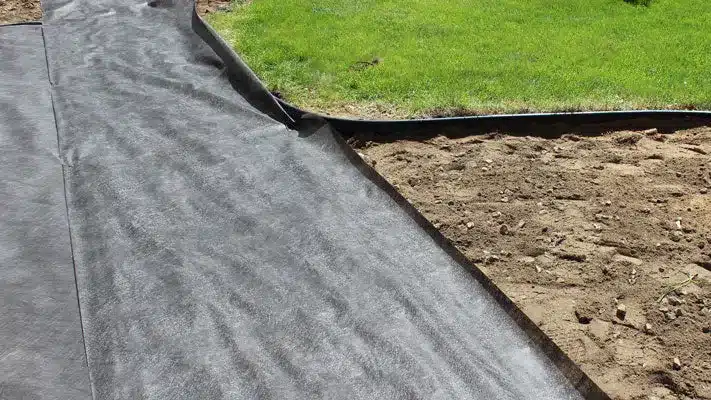
How Long Does Geotextile Last?
- Separation: Prevents gravel from mixing with the soil, keeping the driveway surface stable.
- Load distribution: Distributes vehicle loads evenly, reducing ruts and potholes.
- Drainage improvement: Non-woven geotextile allows water to pass through while retaining soil particles, preventing erosion and water buildup.
- Weed control: Minimizes weed growth, reducing the need for herbicides or manual weeding.
- Recommended type: Medium-weight non-woven geotextile (≈200 g/m²) balances strength and permeability, ideal for gravel or decomposed granite driveways.
- Maintenance and durability: Using geotextile fabric prolongs driveway lifespan, reduces maintenance costs, and enhances long-term stability.
What Is the Use of Geotextile in Pavement Design?
- Separation: Geotextiles prevent the mixing of different soil layers, such as subgrade soil and aggregate base, helping to maintain the integrity of the pavement structure over time.
- Reinforcement: By adding strength to the pavement structure, geotextiles help distribute loads more evenly across the surface, preventing settlement or deformation.
- Filtration: Geotextiles allow water to pass through while filtering out fine particles from the subgrade, helping to prevent clogging of the drainage system and maintaining the stability of the soil.
- Drainage: They improve drainage by allowing water to flow through the pavement structure, reducing the buildup of hydrostatic pressure and minimizing the risk of pavement cracking.
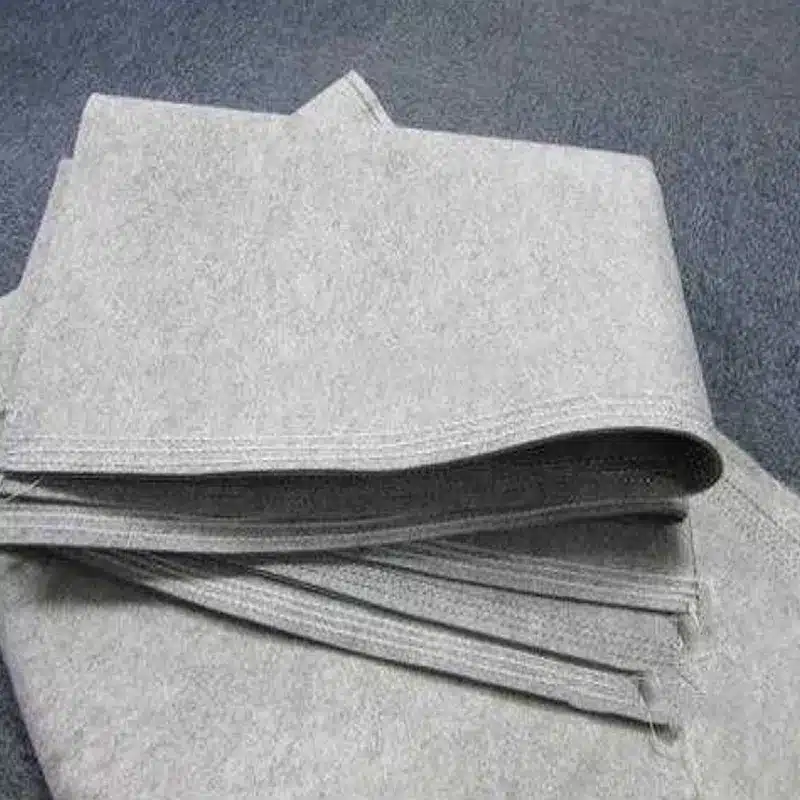
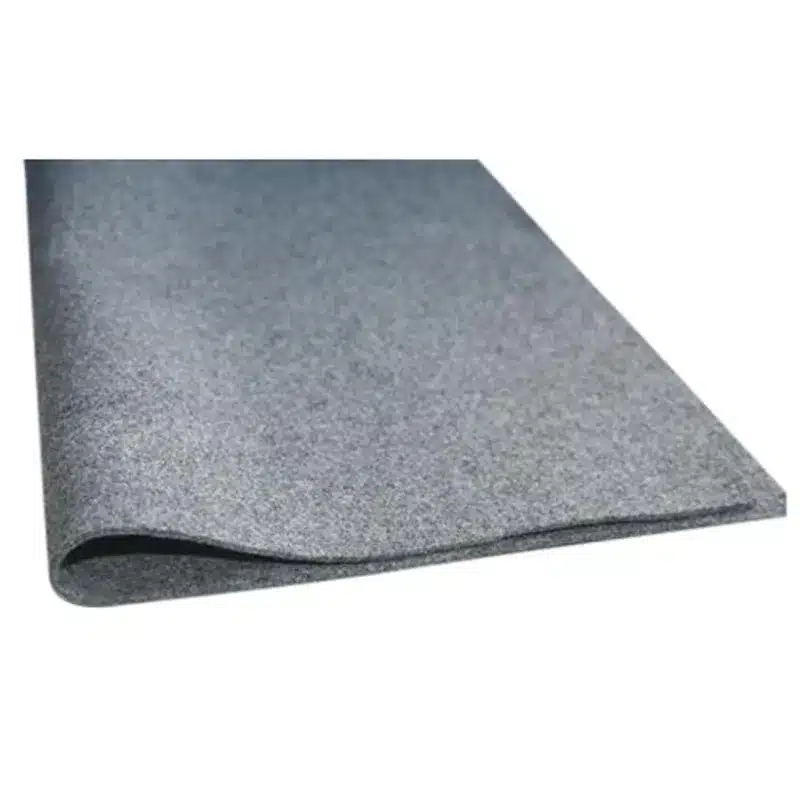
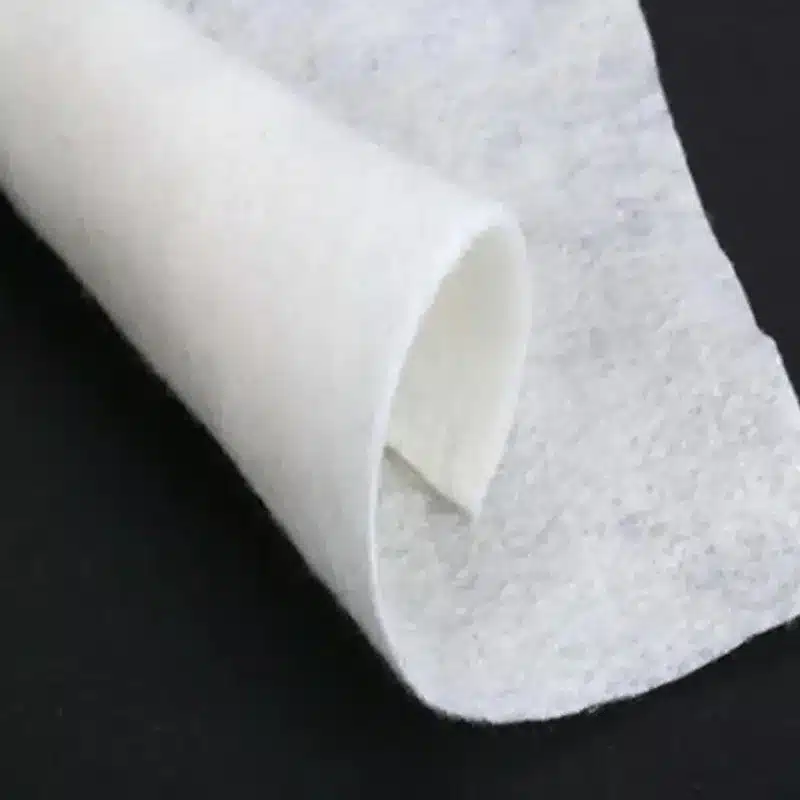
Get Free Sample
We’ll respond as soon as possible(within 12 hours)

